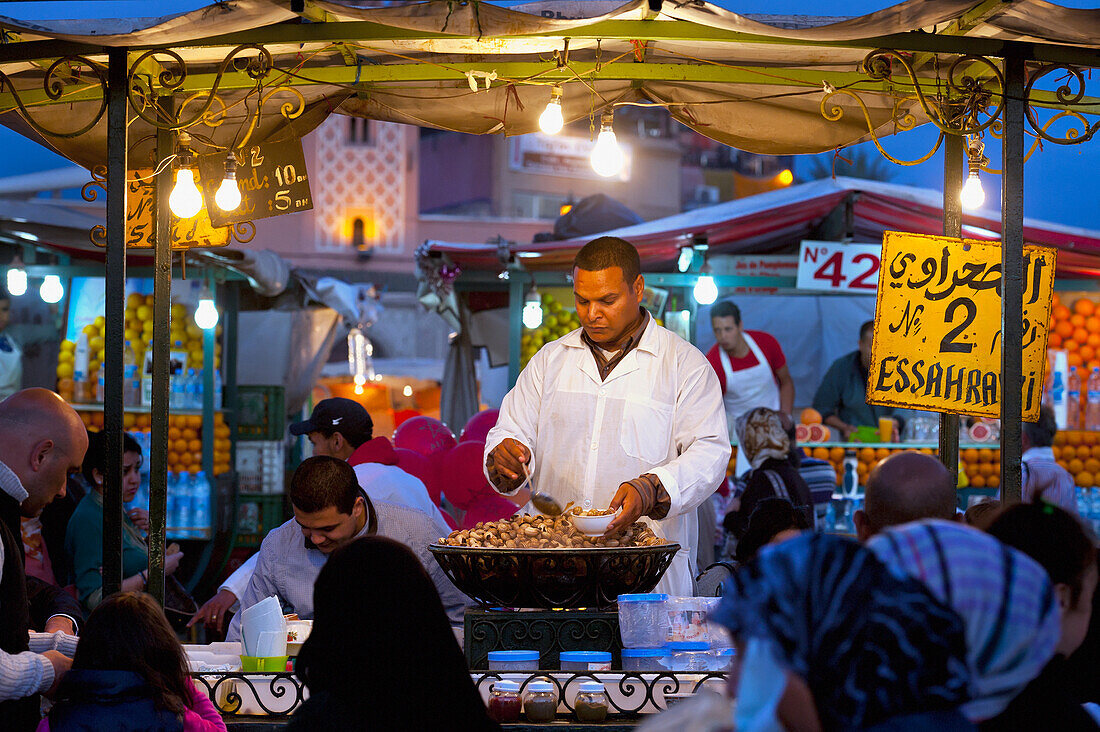The Medina, or “old city,” in many North African and Middle Eastern cities is a vibrant, chaotic, and fascinating labyrinth. These historic walled quarters are often UNESCO World Heritage sites, packed with centuries of history, bustling souks (markets), and stunning architecture. To truly experience one, you need to shed your tourist map and embrace a more local approach.
The Architecture of the Labyrinth
Before you even take your first step, understand the Medina’s inherent design. It wasn’t built for easy navigation; it was designed for defense, for local community life, and to create a natural shield from the harsh sun.
- The Streets: They are deliberately narrow, winding, and often dead-end (derbs or impasse). This confuses invaders and keeps the sun out, creating cool microclimates.
- The Doors: Most houses (riads) are outwardly plain, but their decorated doors can be a subtle sign of the family’s status. They are essential to identifying your location.
- The Landmarks: Locals don’t use street names—they use landmarks. A tall minaret, a well-known fountain, the local bakery, or a specific gate are your true points of reference.
Master the Mapless Mindset
Navigating a Medina is less about geometry and more about intuition and memory.
- Look Up and Down: Forget your GPS. Look up for minarets, which serve as tall, fixed points marking major mosques. Look down for recurring patterns in the paving stones, changes in the color of the walls, or unique door designs. These details are your breadcrumbs.
- Follow the Flow: During the day, the crowds are usually heading toward the main squares and souks. If you are lost and want to get to the center, just follow the densest flow of people carrying goods.
- Use the Main Axis: Most Medinas have one or two main arteries connecting the major gates (babs) to the main mosque and the principal square. Find one of these major paths and use it as your baseline. Stray off, explore, but always know how to get back to your main axis.
- Mark Your Gate: If you’re staying inside the walls, memorize the name and appearance of the gate closest to your accommodation. In an emergency, or when giving directions to a taxi, this is the only information that truly matters.
Interacting with the Locals
Part of navigating like a local is mastering the cultural etiquette.
- The Inevitable Guide: Expect people, especially young men, to offer to “guide” you. Politely but firmly say “No, thank you” or “I know the way” (“La, shukran” in Arabic). If they persist, do not engage. If you genuinely need help, ask a shopkeeper or an older woman, who are less likely to expect payment.
- Ask for a Landmark, Not a Street: When lost, don’t ask, “Where is Rue Al-Fassi?” Ask, “Where is the Bab Boujloud (Blue Gate)?” or “Where is the Koutoubia Mosque?“
- Embrace the Hustle: Sellers will try to get your attention. A smile and a polite “No, I’m just looking” is usually enough. Remember, it’s a part of the vibrant market atmosphere, not a personal confrontation.
- Dress Respectfully: While not always mandatory, covering your shoulders and knees shows respect, particularly near mosques, and can help you blend in more and receive fewer unsolicited approaches.
Top Tips for the True Local Experience
- Venture Off the Main Path: The tourist crowds thin out just one or two turns off the main souk streets. This is where you’ll find neighborhood mosques, local bakeries, hammams (public baths), and the true rhythm of Medina life.
- Find a High Point: If you’re feeling completely disoriented, look for a cafe with a rooftop terrace or a taller building. Getting a visual overview will immediately help you reset your bearings and appreciate the scale of the city.
- Don’t Be Afraid to Get Lost: The best discoveries are made when you let go of your destination. Medinas are safe to wander during the day. Consider getting “lost” for a set period (say, one hour), then use your memory of the landmarks to find your way back.
By accepting the Medina’s confusing nature, focusing on key landmarks, and respectfully engaging with the community, you’ll move past being a tourist and begin to truly navigate the old city like a local.

